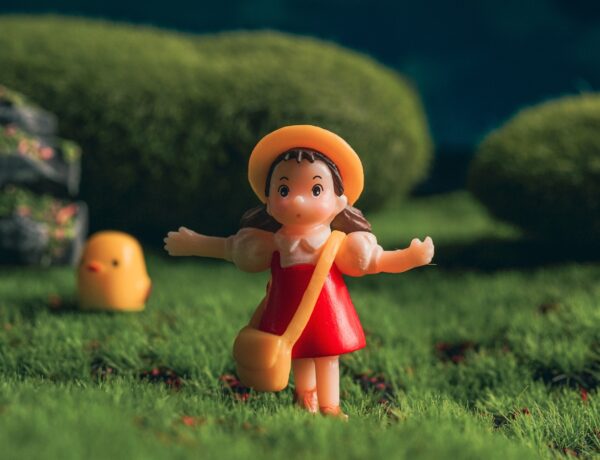Non-linear narratives are kind of like a jigsaw puzzle in storytelling. Unlike the straight line of traditional stories that go from point A to B to C, non-linear stories mix things up. They might start at the end and then jump to the beginning, or they could keep switching between different times and places. It’s like watching a movie that starts with the big climactic scene and then jumps back to show how everything led up to that moment.
These kinds of stories have been popping up more and more in books, movies, and TV shows. They grab your attention because you have to really pay attention to put all the pieces together. It’s not just a simple case of sitting back and watching the story unfold; you’re more involved, trying to figure out how everything connects.
In this look at non-linear storytelling, the plan is to dive into why shaking up the story order can make things more interesting, the different ways writers can do this, and what it adds to the whole experience of the story. It’s not just about being different for its own sake; when done right, playing with the story’s timeline can make characters deeper and themes stronger, all while keeping the audience on their toes.
The Essence of Non-Linear Storytelling
Non-linear storytelling comes with its own set of signature moves. Time shifts are a big part of it. Instead of following the tick-tock of a clock, these stories might jump back decades, or flash forward to the future, then circle back to the present. This dance with time can keep readers or viewers guessing, adding a layer of mystery and anticipation to the story.
Then there are fragmented storylines. Imagine a story broken into pieces, like fragments of a mirror, each reflecting a different part of the whole picture. The story might shift from one character’s perspective to another’s, or jump between different plot points, leaving it up to the audience to piece it all together.
Multiple perspectives are another hallmark of non-linear narratives. Instead of just following one character’s journey, the story might jump into the minds and lives of several characters. This can create a richer, more rounded view of the world the story is set in.
Non-linear narratives shake up the usual storytelling structures, challenging what readers and viewers expect from a story. Instead of comfortably following a set path, audiences have to be more active, piecing together clues and making connections as the story unfolds in its own unique way.
This style of storytelling can make themes and emotional impacts hit harder, too. By showing events out of order, or from different viewpoints, writers can highlight contrasts and parallels, deepening the meaning of the story. It can also make emotional moments more intense, as the non-linear structure can build suspense and curiosity, keeping audiences hooked until the very end.
Techniques and Challenges in Non-Linear Narratives
When it comes to the toolbox of non-linear storytelling, several techniques stand out. Flashbacks are a classic; they’re like a sudden jump back in time, giving a glimpse of what happened in the past that’s shaping the present story. Parallel plots are another trick. These run two or more storylines side by side, sometimes intersecting, other times just mirroring or contrasting with each other. Then there’s unreliable narration, where the story is told by a narrator whose credibility is questionable, making the audience question what’s true and what’s not.
Crafting a non-linear narrative isn’t without its challenges, though. One of the biggest is keeping the story coherent. With all the jumping around in time and perspective, it’s easy for the storyline to become confusing. Writers have to be careful to leave enough breadcrumbs for the audience to follow and piece the story together without getting lost.
Another challenge is avoiding confusion. It’s a fine line between intriguing the audience and leaving them so baffled they give up. Effective non-linear storytelling involves giving just enough information at the right times so that the audience feels the satisfaction of putting the puzzle pieces together themselves.
To utilize non-linear elements effectively, writers often employ strategies like carefully plotted story arcs, well-defined character development, and strategic placement of key information. It’s about guiding the audience through the story’s maze without holding their hand every step of the way. When done well, non-linear storytelling can turn a narrative into a captivating and memorable experience, keeping the audience engaged and thinking long after the story ends.
Final Thoughts
Non-linear narratives offer a unique and impactful way to tell stories. They challenge the conventional structures of storytelling, inviting both writers and audiences to think outside the box. These narratives can make stories more engaging, thought-provoking, and memorable.
Writers and creators are encouraged to explore non-linear structures in their work. Experimenting with time, perspective, and narrative structure can lead to innovative storytelling that captivates and resonates with audiences.
The evolving nature of storytelling continues to embrace the non-linear format, reflecting its relevance and potential for innovation. As storytelling evolves, so do the ways in which stories can be told, and non-linear narratives remain at the forefront of this creative exploration. They remind us that there are countless ways to tell a story, and each method can offer a unique lens through which to view the world and our experiences within it.




No Comments